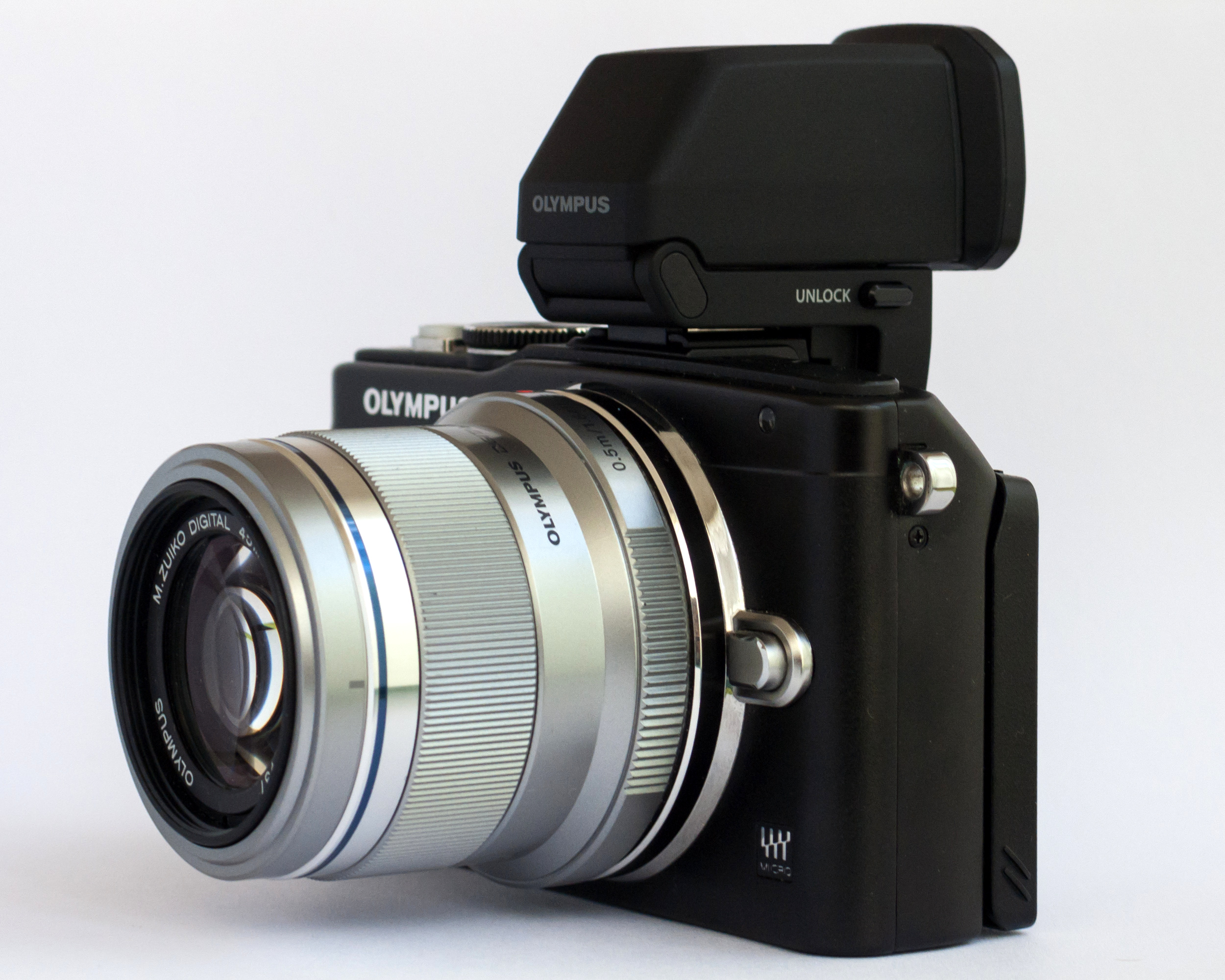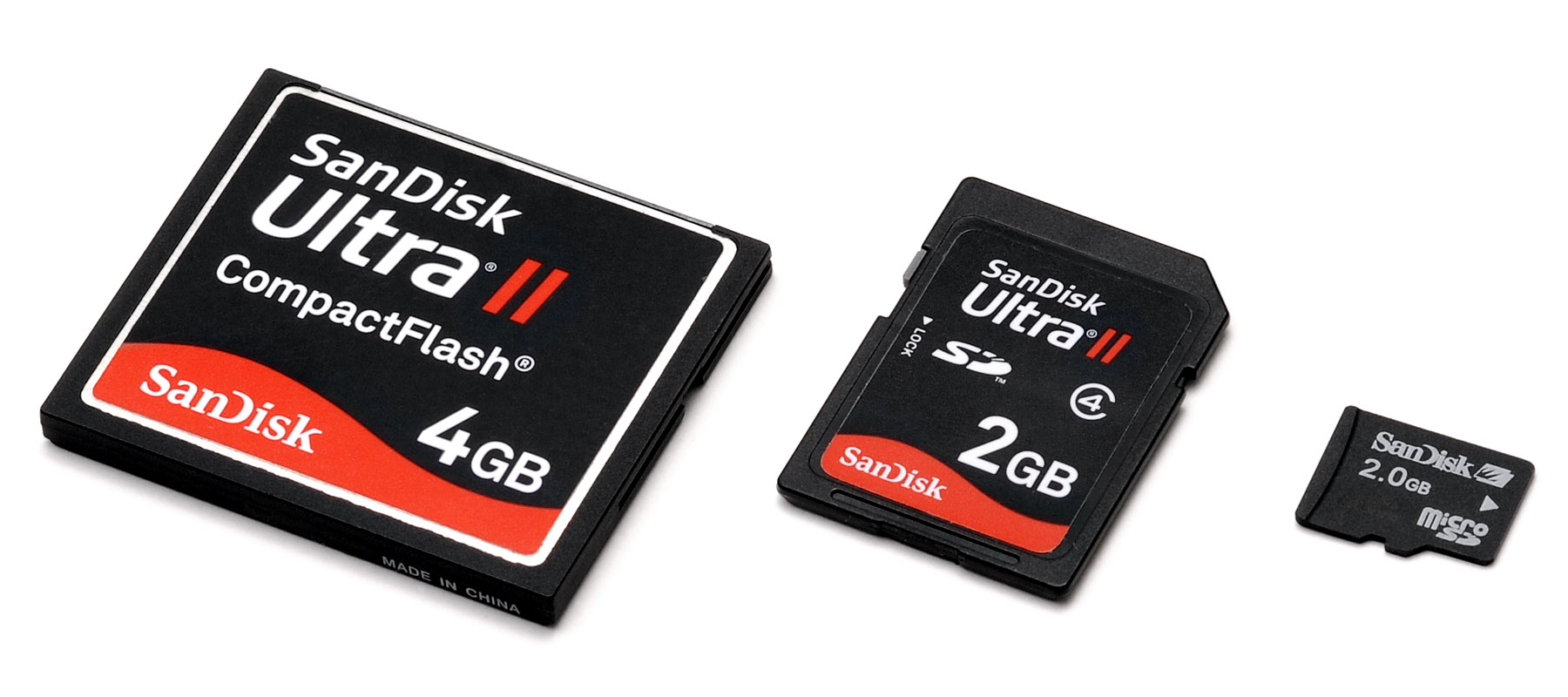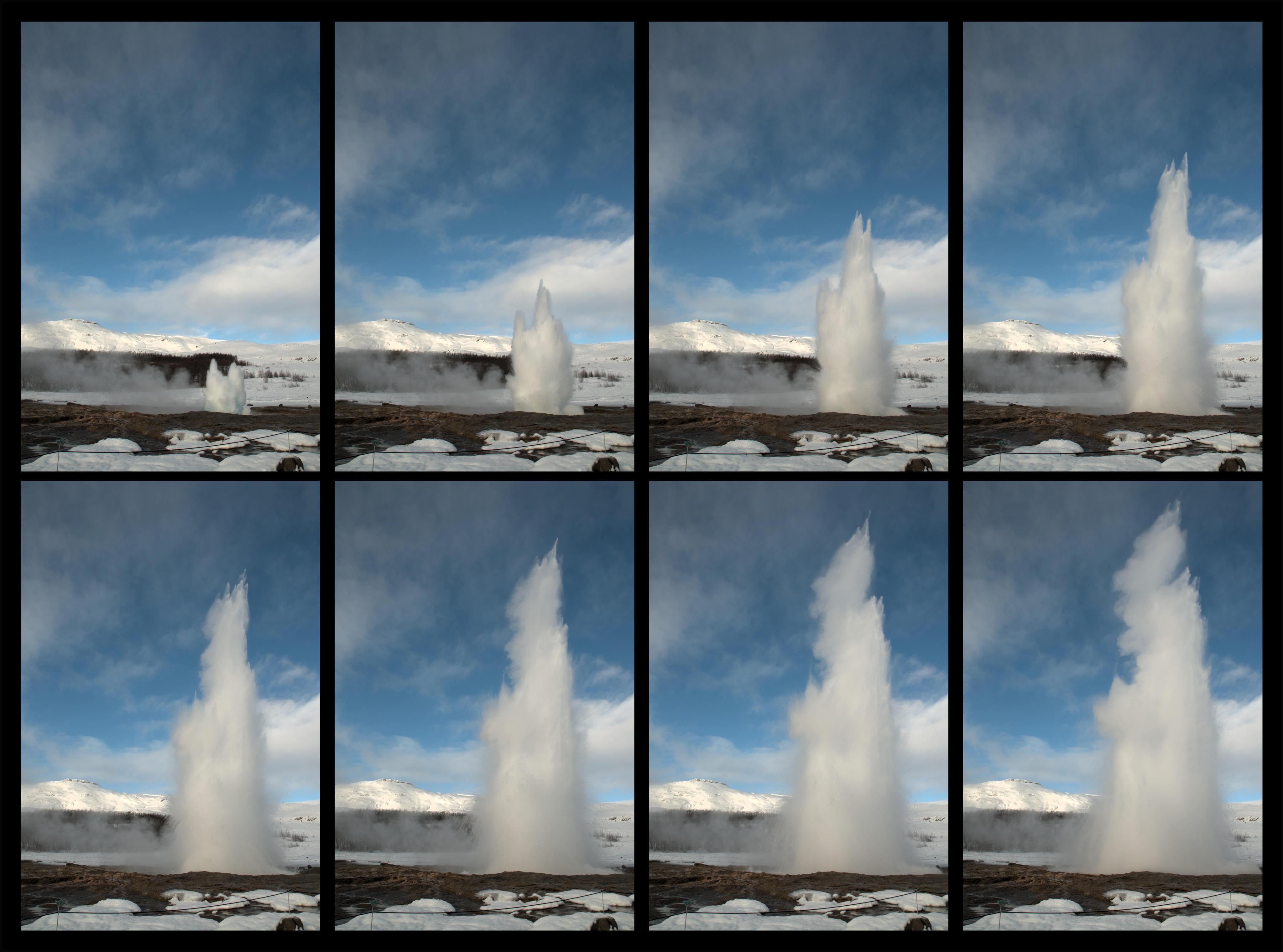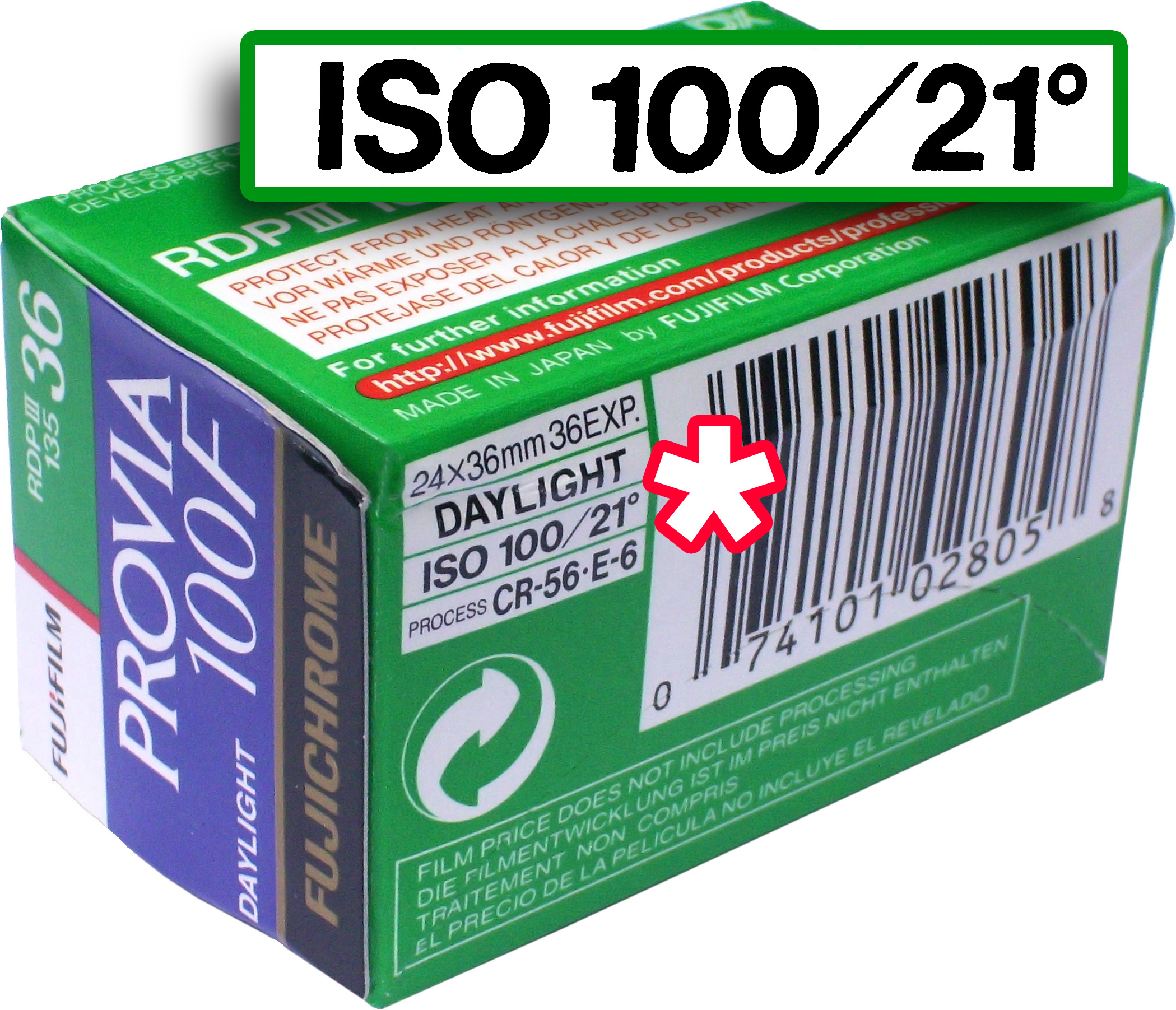|
Canon EOS R5
Canon EOS R5 is a professional full-frame mirrorless interchangeable-lens camera officially announced by Canon on July 9, 2020 alongside the lower-resolution EOS R6 and various new RF mount lenses. While it is not a direct successor to any of Canon's previous mirrorless cameras, it does have clear improvements and advantages over the EOS R, namely: a new DIGIC X processor and sensor, 8K video capture, a new autofocus system, and the ability to take videos with 10-bit colours. The camera is available as body only, or with the Canon RF 24-105mm f/4L IS USM lens. On July 17, 2024 Canon announced a Mark II version, with a new BSI sensor and increased frame rate, among other improvements. Features * 44.8-megapixel full-frame CMOS sensor * 8K raw video recording at up to 29.97 fps * 4K 10-bit video recording at up to 119.9 fps * 100% autofocus coverage * 5,940 user-selectable autofocus points * Native ISO range of 100 to 51,200; expandable 50 to 102,400 * High-speed ... [...More Info...] [...Related Items...] OR: [Wikipedia] [Google] [Baidu] |
Canon Inc
Canon Inc. (; Hepburn: ) is a Japanese multinational corporation headquartered in Ōta, Tokyo, specializing in optical, imaging, and industrial products, such as lenses, cameras, medical equipment, scanners, printers, and semiconductor manufacturing equipment. Canon has a primary listing on the Tokyo Stock Exchange and is a constituent of the TOPIX Core 30 and Nikkei 225 indexes. It used to have a secondary listing on the New York Stock Exchange. Name The company was originally named (). In 1934, it produced the ''Kwanon'', a prototype for Japan's first-ever 35mm camera with a focal-plane-based shutter. In 1947, the company name was changed to ''Canon Camera Co., Inc.'', shortened to ''Canon Inc.'' in 1969. The name Canon comes from Buddhist bodhisattva (), previously transliterated as Kuanyin, Kwannon, or Kwanon in English. History 1933–1970 The origins of Canon date back to the founding of Precision Optical Instruments Laboratory in Japan in 1933 by Takeshi Mitarai, ... [...More Info...] [...Related Items...] OR: [Wikipedia] [Google] [Baidu] |
Autofocus
An autofocus (AF) optical system uses a sensor, a control system and a motor to focus on an automatically or manually selected point or area. An electronic rangefinder has a display instead of the motor; the adjustment of the optical system has to be done manually until indication. Autofocus methods are distinguished as active, passive or hybrid types. Autofocus systems rely on one or more sensors to determine correct focus. Some AF systems rely on a single sensor, while others use an array of sensors. Most modern SLR cameras use through-the-lens optical sensors, with a separate sensor array providing light metering, although the latter can be programmed to prioritize its metering to the same area as one or more of the AF sensors. Through-the-lens optical autofocusing is usually speedier and more precise than manual focus with an ordinary viewfinder, although more precise manual focus can be achieved with special accessories such as focusing magnifiers. Autofocus accur ... [...More Info...] [...Related Items...] OR: [Wikipedia] [Google] [Baidu] |
Touchscreen
A touchscreen (or touch screen) is a type of electronic visual display, display that can detect touch input from a user. It consists of both an input device (a touch panel) and an output device (a visual display). The touch panel is typically layered on the top of the electronic visual display of a device. Touchscreens are commonly found in smartphones, tablet computer, tablets, laptops, and other electronic devices. The display is often an Liquid-crystal display, LCD, AMOLED or OLED display. A user can give input or control the information processing system through simple or multi-touch gestures by touching the screen with a special Stylus (computing), stylus or one or more fingers. Some touchscreens use ordinary or specially coated gloves to work, while others may only work using a special stylus or pen. The user can use the touchscreen to react to what is displayed and, if the software allows, to control how it is displayed; for example, Zooming user interface, zooming to inc ... [...More Info...] [...Related Items...] OR: [Wikipedia] [Google] [Baidu] |
Electronic Viewfinder
An electronic viewfinder (EVF) is a camera viewfinder where the image captured by the lens is displayed on a small screen (usually LCD or OLED) which the photographer can look through when composing their shot. It differs from a live preview screen in being smaller and shaded from ambient light, and may also use less power. The sensor records the view through the lens, the view is processed, and finally projected on a miniature display which is viewable through the eyepiece. Digital viewfinders are used in digital still cameras and in video cameras. Some cameras (such as Panasonic, Sony, Fujifilm) have an automatic eye sensor which switches the display from screen to EVF when the viewfinder is near the eye. More modest cameras use a button to switch the display. Some have no button at all. While many cameras come with a built-in EVF, this is fixed in place and can only be used while holding the camera to the user's eye, which may not be convenient. Other cameras don't come with ... [...More Info...] [...Related Items...] OR: [Wikipedia] [Google] [Baidu] |
OLED
An organic light-emitting diode (OLED), also known as organic electroluminescent (organic EL) diode, is a type of light-emitting diode (LED) in which the emissive electroluminescent layer is an organic compound film that emits light in response to an electric current. This organic layer is situated between two electrodes; typically, at least one of these electrodes is transparent. OLEDs are used to create digital displays in devices such as television screens, computer monitors, and portable systems such as smartphones and handheld game consoles. A major area of research is the development of white OLED devices for use in solid-state lighting applications. There are two main families of OLED: those based on small molecules and those employing polymers. Adding mobile ions to an OLED creates a light-emitting electrochemical cell (LEC) which has a slightly different mode of operation. An OLED display can be driven with a passive-matrix (PMOLED) or active-matrix ( AMOLED) c ... [...More Info...] [...Related Items...] OR: [Wikipedia] [Google] [Baidu] |
Memory Card
A memory card is an electronic data storage device used for storing digital information, typically using flash memory. These are commonly used in digital portable electronic devices, such as digital cameras as well as in many early games consoles such as the Neo Geo. They allow adding memory to such devices using a card in a socket instead of protruding USB flash drives. Common types of flash memory card include SD cards (including microSD), Sony's Memory Stick and CompactFlash. , SD cards are the most common type of memory cards. History The basis for memory card technology is flash memory. It was invented by Fujio Masuoka at Toshiba in 1980 and commercialized by Toshiba in 1987. The development of memory cards was driven in the 1980s by the need for an alternative to floppy disk drives that had lower power consumption, had less weight and occupied less volume in laptops. Some were also marketed as a lower cost alternative to ROM cartridges. Several competing and inc ... [...More Info...] [...Related Items...] OR: [Wikipedia] [Google] [Baidu] |
UHS-II
Secure Digital (SD) is a proprietary hardware, proprietary, non-volatile memory, non-volatile, flash memory card format developed by the SD Association (SDA). Owing to their compact size, SD cards have been widely adopted in a variety of portable consumer electronics, including digital cameras, camcorders, video game consoles, mobile phones, action cameras, and Unmanned aerial vehicle, camera drones. The SD format was introduced in August 1999 by SanDisk, Panasonic (then known as Matsushita), and Kioxia (then part of Toshiba). It was designed as a successor to the MultiMediaCard (MMC) format, introducing several improvements aimed at enhancing usability, durability, and performance, which contributed to its rapid emergence as an industry standard. To manage the licensing and intellectual property rights related to the format, the three companies established SD-3C, LLC. In January 2000, they also founded the SDA, a non-profit organization dedicated to developing and promoting ... [...More Info...] [...Related Items...] OR: [Wikipedia] [Google] [Baidu] |
Color Depth
Color depth, also known as bit depth, is either the number of bits used to indicate the color of a single pixel, or the number of bits used for each color component of a single pixel. When referring to a pixel, the concept can be defined as bits per pixel (bpp). When referring to a color component, the concept can be defined as bits per component, bits per channel, bits per color (all three abbreviated bpc), and also bits per pixel component, bits per color channel or bits per sample. Modern standards tend to use bits per component, but historical lower-depth systems used bits per pixel more often. Color depth is only one aspect of color representation, expressing the precision with which the amount of each primary can be expressed; the other aspect is how broad a range of colors can be expressed (the gamut). The definition of both color precision and gamut is accomplished with a color encoding specification which assigns a digital code value to a location in a color space. The ... [...More Info...] [...Related Items...] OR: [Wikipedia] [Google] [Baidu] |
Burst Mode (photography)
Burst mode, also called continuous shooting mode, sports mode, continuous mode, or burst shot, is a shooting mode in still cameras where several photos are captured in quick succession by either pressing the Shutter (photography), shutter button or holding it down. This is used mainly when the subject is in successive Motion (physics), motion, such as sports photography. The photographer can then select the best image of the group or arrange them in a sequence to study the transitions in detail. Details The speed at which successive photographs can be captured depends on several factors, but mainly on the processing power of the camera. Disabling certain features such as post processing which the camera applies automatically after capturing each image will usually allow a faster rate of capture. While some cheaper point and shoot cameras may have a multi-image burst function which allows them to capture a number of frames within a second with a single shutter button press, mos ... [...More Info...] [...Related Items...] OR: [Wikipedia] [Google] [Baidu] |
ISO (photography)
Film speed is the measure of a photographic film's sensitivity to light, determined by sensitometry and measured on various numerical scales, the most recent being the ISO system introduced in 1974. A closely related system, also known as ISO, is used to describe the relationship between exposure and output image lightness in digital cameras. Prior to ISO, the most common systems were ASA in the United States and DIN in Europe. The term ''speed'' comes from the early days of photography. Photographic emulsions that were more sensitive to light needed less time to generate an acceptable image and thus a complete exposure could be finished faster, with the subjects having to hold still for a shorter length of time. Emulsions that were less sensitive were deemed "slower" as the time to complete an exposure was much longer and often usable only for still life photography. Exposure times for photographic emulsions shortened from hours to fractions of a second by the late 19th centu ... [...More Info...] [...Related Items...] OR: [Wikipedia] [Google] [Baidu] |
4K Video
4K resolution refers to a horizontal display resolution of approximately 4,000 pixels. Digital television and digital cinematography commonly use several different 4K resolutions. In television and consumer media, 38402160 (4K UHD) with a 16:9 aspect ratio is the dominant standard, whereas the movie projection industry uses 40962160 ( DCI 4K). The 4K television market share increased as prices fell dramatically throughout 2013 and 2014. 4K standards and terminology The term "4K" is generic and refers to any resolution with a horizontal pixel count of approximately 4,000. Several different 4K resolutions have been standardized by various organizations. The terms "4K" and "Ultra HD" are used more widely in marketing than "2160p" (''cf.'' "1080p"). While typically referring to motion pictures, some digital camera vendors have used the term "4K photo" for still photographs, making it appear like an especially high resolution even though 3840×2160 pixels equal approximately 8.3 ... [...More Info...] [...Related Items...] OR: [Wikipedia] [Google] [Baidu] |
8K Video
8K resolution refers to an image or display resolution with a width of approximately 8,000 pixels. 8K UHD () is the highest resolution defined in the Rec. 2020 (UHDTV) standard. 8K display resolution is the successor to 4K resolution. TV manufacturers pushed to make 4K a new standard by 2017. At CES 2012, the first prototype 8K TVs were unveiled by Japanese electronics corporation Sharp. The feasibility of a fast transition to this new standard is questionable in view of the absence of broadcasting resources. In 2018, Strategy Analytics predicted that 8K-ready devices will still only account for 3% of UHD TVs by 2023 with global sales of 11 million units a year. However, TV manufacturers remain optimistic as the 4K market grew much faster than expected, with actual sales exceeding projections nearly six-fold in 2016. In 2013, a transmission network's capability to carry HDTV resolution was limited by internet speeds and relied on satellite broadcast to transmit the high da ... [...More Info...] [...Related Items...] OR: [Wikipedia] [Google] [Baidu] |






